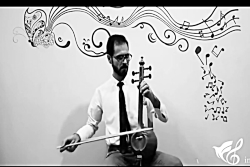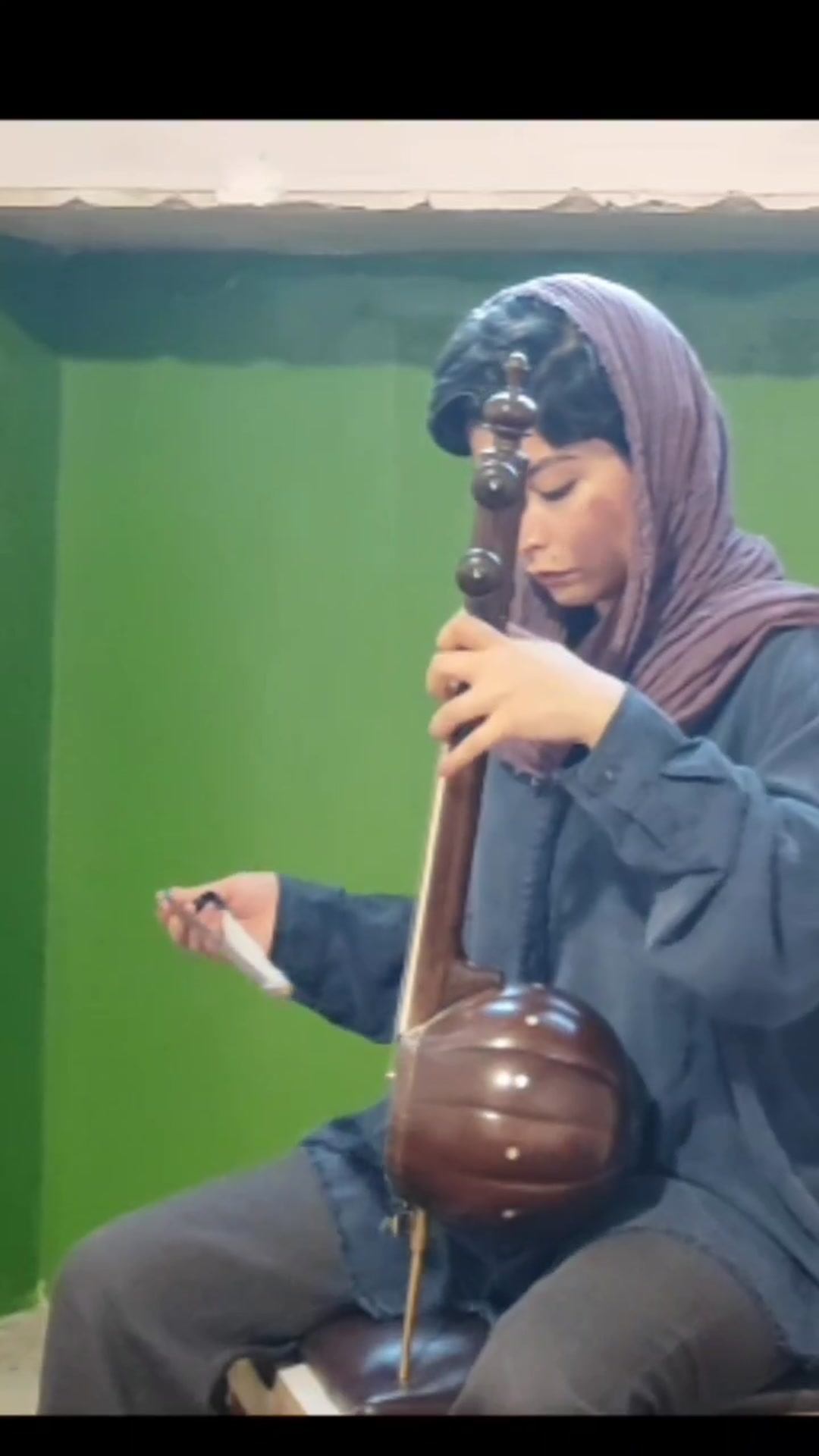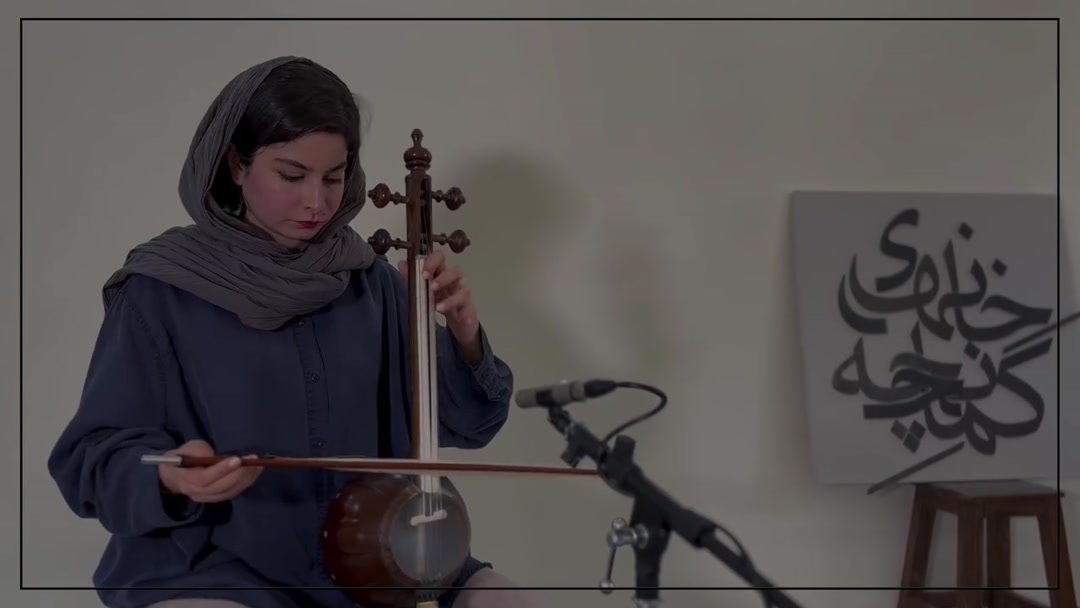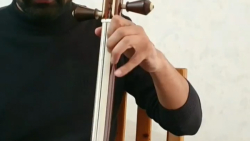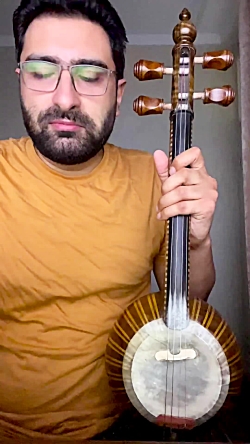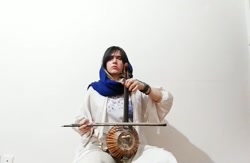Online Persian Kamancheh Course
More Links
- Accordion
- Cajon
- Cello
- Clarinet
- Classic Violin
- Double Bass
- Electric Guitar
- Flute
- Guitar
- Handpan
- Hangderam
- Harmonica
- Harmonica
- Harp
- Lakota Fluet
- Melodica
- Persian Tang
- Piano
- Saxophone
- Violin Alto
remove filters



Arghavan Eftekhari - Persian Kamancheh
Tuition : 750,000 toman
Erfan Hosseini - Persian Kamancheh
Tuition : 1,100,000 toman
Mehdi Habibi - Persian Kamancheh
Tuition : call for price
Ali Malekmahmoudi - Persian Kamancheh
Tuition : call for price
Delaram Zamani - Persian Kamancheh
Tuition : call for price
Alireza Ameri - Persian Kamancheh
Tuition : call for price
Rozhan Mohammadi - Persian Kamancheh
Tuition : call for priceStudents Videos
Persian Kamancheh
Are you interested in learning kamancheh but you don't know where to start? The first thing to learn kamancheh, like other instruments, is to choose a skilled teacher.
We explain the points you must consider about learning kamancheh instrument in this article.
Kamancheh is an original Iranian instrument made of a wooden frame with a unique shape. This instrument creates sound by pulling or pressing the strings on its body. If you know the musician "Kayhan Kalhor", one of the famous kamancheh teachers in Iran, you might have seen the way of playing this instrument.
With technology and communication development, people can simply have an online training course with professional and skilled teachers. Inavaz online music Institute has paved the way for you by attending courses to learn kamancheh instrument from beginner to advanced at home.
If you’re planning to learn kamancheh and you want to register in a training course, you need to learn some tips about kamancheh training; To learn this instrument, you must first notice the skilled teachers and check the circumstances of the classes. You may need to search a little more and you may even go through a long way to take these classes. This feature increases the hidden costs.
The hours of the classes may be adjustable somehow, but there are limits for time and place so this makes you devoting more time than the essential. Another important thing to mention is the obligation on concentrating during face-to-face classes. Because if you forget something, you may have problems with practicing at home. Although all this difficulty, is there a better way to learn kamancheh? The answer to the question is yes.
Beginners to advanced kamancheh training is held online at Inavaz Institute under the teachers of this instrument.
One of the advantages in online classes is that they are simple and quick to access. On the other hand, since the class is held live, there is no https://www.inavaz.com/en/home/contact/need to worry about questions and communication with the teacher.
How to attend online kamancheh training course
The online kamancheh training course is held privately with different teachers at Inavaz institute. The procedure of holding the classes in this institute is as the following:
• Classes will be held live through the platforms that can prepare video calls.
• The student is allowed to record the class due to permanent access to the course contents.
• The student can ask the teacher all his/her questions during the class.
• To debug and correcting the errors that the student has, he/she can communicate with the backup section of Inavaz institute through messenger platforms such as WhatsApp and Telegram.
• The time of the class is matching with the time that student wants and even it’s possible to have a changing in the schedule.
• A half-hour session is planned for this course every week.
• It is possible to have a free consultation session with the teachers after registration about the way of holding classes and the circumstances.
The applicants for the online kamancheh training class can watch the video of the students playing and also the introduction of the music teachers for this course on the website of Inavaz Institute.
There is no doubt that the teacher of the elementary to advanced kamancheh training course will have a great impact on the student. So choosing the best kamancheh teacher is one of the most important part of learning this instrument that you have to pay attention enough.
To observe the teacher's qualification, it is better to check his/her resume to see what he/she has done in the field of music. On the other hand, the teacher's teaching methods and style have an effect on the student's relationship with the instrument itself. So it is better to choose teachers with more teaching experience for teaching kamancheh. On Inavaz site, you can see the list of the best kamancheh teachers who are working in this institute and see their resumes.
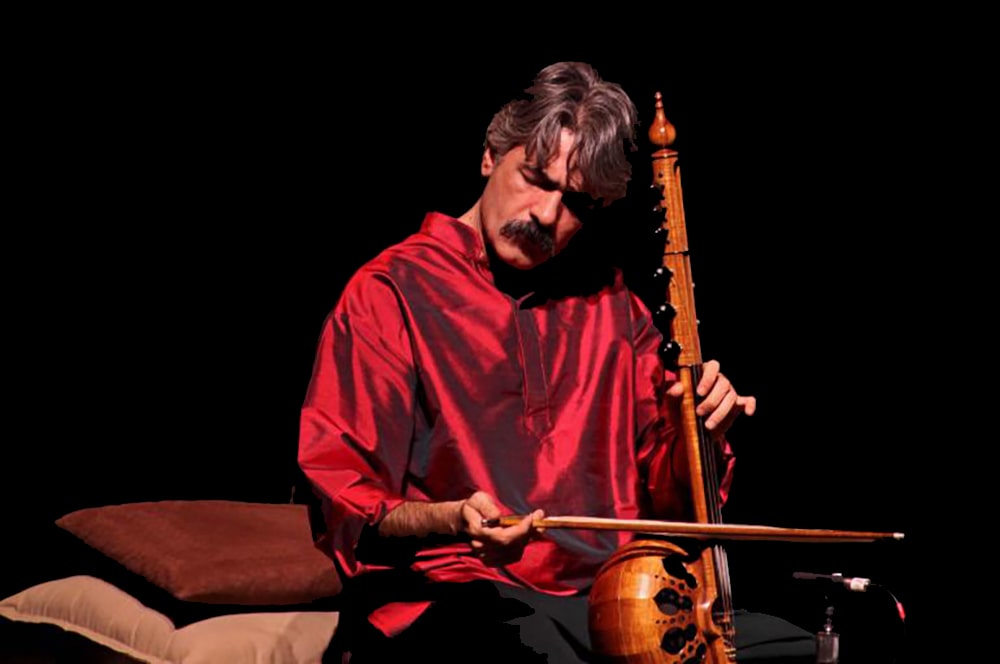
Advantages of online kamancheh training
There are some benefits in online kamancheh training that may not be available in face-to-face training. We are going to examine some of the benefits of online kamancheh training in the following:
• Time flexibility: by learning kamancheh at Inavaz online, the applicant can choose the time for class and the trainings. Also, she does not need to be in a specific place at specific time so he/she can train at any time that is convenient for him/her. It means that he/she can pick the time of the class, whenever he/she wants.
• Easy access: With online training of this instrument, the person is allowed to record the entire course so he/she can access to it whenever he/she wants. This feature allows the applicant to use a wider range of educational resources with no limit and to have the best training method.
• Financial value: Online kamancheh training is usually less expensive than in-person training. Also this helps a person to save money related to going to class, transportation, etc. There are also some free online educational resources that allows you to know kamancheh instrument for free.
• Variety in teaching methods: In online music institute, due to not having restriction in place and the number of applicants, the number of the teachers is much bigger than in face-to-face classes. According to this, the applicant has more options to pick the teaching methods that he/she likes.
• Communication with professional teachers: in online education, students can communicate with professional and high-skilled teachers. This is a good opportunity to use the experience and guidance of professionals.
Why isn’t it recommended to learn kamancheh without a teacher?
Kamancheh is one of the popular Iranian instruments which has a lot of fans. The courses of this instrument are held online, face-to-face or without a teacher. Each course has its own advantages and disadvantages, and the student chooses the type of education according to his/her personal circumstances.
The online kamancheh courses for Iranians abroad and inside the country are various, but the one should be chosen that allows interaction with the teacher in the second. On the other hand, it is difficult for many people to learn kamancheh without a teacher. Due to the lack of interaction, there’s no body to debug your errors so this may discourage the student.
These types of courses are in the form of educational or self-learning videos. The only advantage of learning kamancheh without a teacher is, it’s free. Although being free, it is not recommended due to the difficulties you’ll go through.
Also, many people do not have the possibility to participate in face-to-face classes due to additional costs and limits in place and time.
It is advised to the ones who are interested in playing kamancheh to use the online kamancheh classes at home. It is possible for everyone to learn kamancheh from beginner to advanced online.
Getting to know the kamancheh instrument
For learning kamancheh and buying it, you must first get to know this instrument. The components of this instrument include handle (dasteh), headstock (sar panjeh), tuning peg (goushi), nut (sheytanak), bridge (kharak), strings, resonating box, tailpiece (simgir) and skin.
A kamancheh is fine when it creates a pleasant sound.
This instrument has a global shape and is made of wood. It is empty inside and there is an opening in the front which is covered with skin. Some kamanchehs are wide open at the back, creating a nasal sound, while a kamancheh with a solid back has a smooth and clear sound.
Skin: The skin that embraced the opening part of kamancheh is usually made of animal’s skin such as deer, goat and lamb.
Bridge (kharak): A bridge is made of wood or bone which is placed on the skin. This part has some corrugations which the strings are sets on it and placed next to each other with a reasonable distance.
The bridge is placed on the skin with a special angle so that the length of the first string would be longer and the length of the last string is going to be shorter.
Handle: Kamancheh’s handle looks like a wooden tube and its length is approximately 25 cm and its diameter is about 3 cm.
Finger board: It’s a board which the player's finger is placed. It is usually made of wood or bone. One of the features of kamancheh, like many other bow stringed instruments, is the absence of frets, and there are no frets on the handle.
Headstock tuning pegs: Since there are 4 strings in every kamancheh and the number of tuning pegs should be synched with strings, there are also 4 pegs. These pegs are placed in the peg box or headstock area, somehow 2 of them are on one side of the headstock and the other 2 are on the other side.
Nut (sheytanak): Nut (sheytanak) is a piece of bone or wood as wide as the handle, which is placed between the headstock and the handle.
Tailpiece: There is another small piece called the tailpiece, which is placed at the end of the resonating box and the strings are connected to it. Also, there are small screws on the tailpiece so the player can arrange the strings better and easier.
Kamancheh buying manuals: To buy a kamancheh, first you should get to know your need, level and the style of kamancheh playing. For example; Are you looking for a kamancheh for beginners or do want to experience a more advanced level? Do you want to play kamancheh in a certain style of music like Lori? Then you have to check the price of the kamancheh you want according to your budget.
The price of this instrument is varies based on the material used for making it, the producer, quality level and the style.
Before buying and learning a kamancheh, you should do your research and read the comments of the users and the opinions of professional musicians about the brand, model and the stores because choosing the best kamancheh to start with is very important.
You should notice to buy from valid and reliable stores or producers. This is because the quality of the instrument has an influence on the sound it makes. Also it helps you to assure after-sales service and product gaurantee.
Consider that besides kamancheh, there are some equipments that the players need such as bows, case, strings, and bumper. Check if these equipments are included when you buy the instrument or you must buy them separately.
Last words
Learning kamancheh by using the worldwide internet allows you to learn this instrument regularly. As we mentioned before, one of the advantages of elementary to advanced kamancheh online training is the flexibility of class times.
A person can study and learn without limits at anytime, anywhere and if the one has any problem, he/she can watch the video of the class again. The student can prepare himself/herself for the next session or figure out his/her problems by referring to the videos.
The additional items such as commuting costs are excluded when the class is online, so the final amount will be lower. generally, online kamancheh training provides facilities that are not available in face-to-face training.
This type of class allows the person to improve kamancheh skills independently even after the course. According to all the mentioned points, the best kamancheh training is an online, live and private course.
The duration of kamancheh learning depends entirely on the amount of your personal practice, but some things can influence your improvement; Such as choosing the right teacher, choosing a good teaching method and using up-to-date educational resources. You can choose the best Iranian kamancheh teachers here. Generally, if you have enough practice, you will spend about 4 months in the elementary course. Then you can play simple pieces beautifully with kamancheh.
Choosing each instrument to learn has its own difficulties in its path. Violin and kamancheh are both difficult instruments in terms of not having fret, but it should be mentioned that the sound of kamancheh is structurally closer to Iranian music. But when it comes to violin, you can create the sound of both Iranian music and classical music.
In order to buy a suitable instrument, we must first know the structure of the instrument. To get to know kamancheh, you can read this article and get enough information about the structure of kamancheh. In the next step, you should pay attention to the type of wood used in the instrument, the quality of the strings and the quality of the bridge (kharak).
At the same time, make sure that there are no structural cracks in the construction. To consider these things, you need the guidance of a kamancheh expert. You can ask for advice on buying a kamancheh instrument with experts in this section.
At the same time, make sure that there are no structural cracks in the construction. To consider these things, you need the guidance of a kamancheh expert. You can ask for advice on buying a kamancheh instrument with experts in this section.
One of the most likely reasons why a kamancheh doesn’t make a sound is that the clef doesn’t touch the bow. The next thing is to check the place of the bridge (kharak) and make sure that the strings are not damaged.
